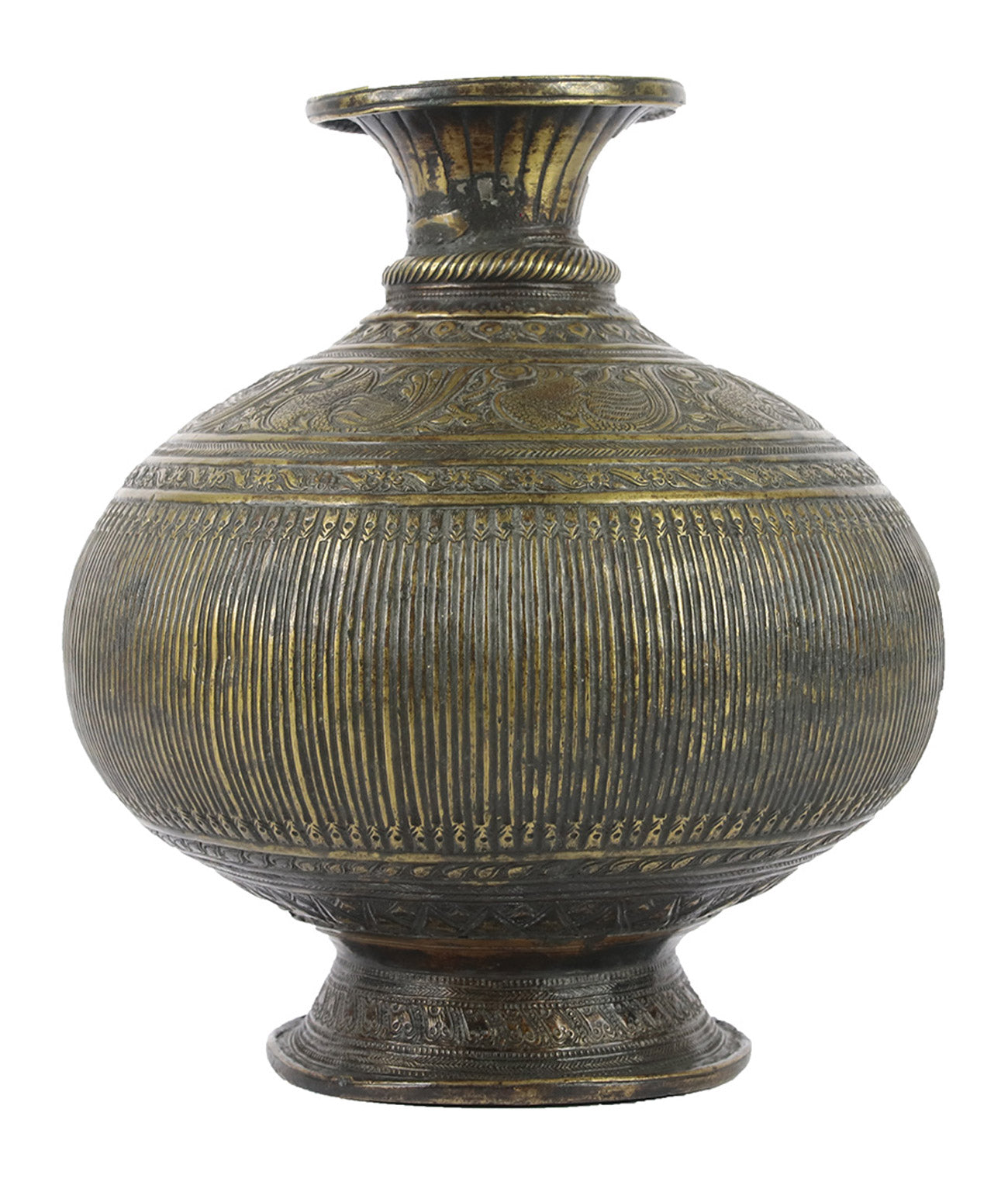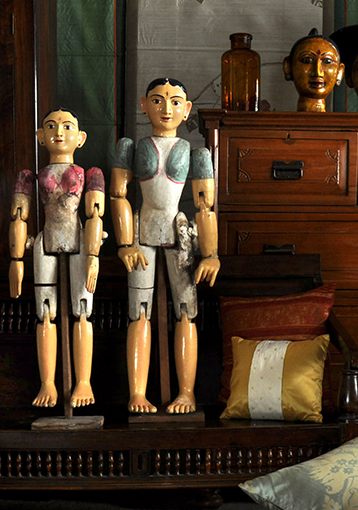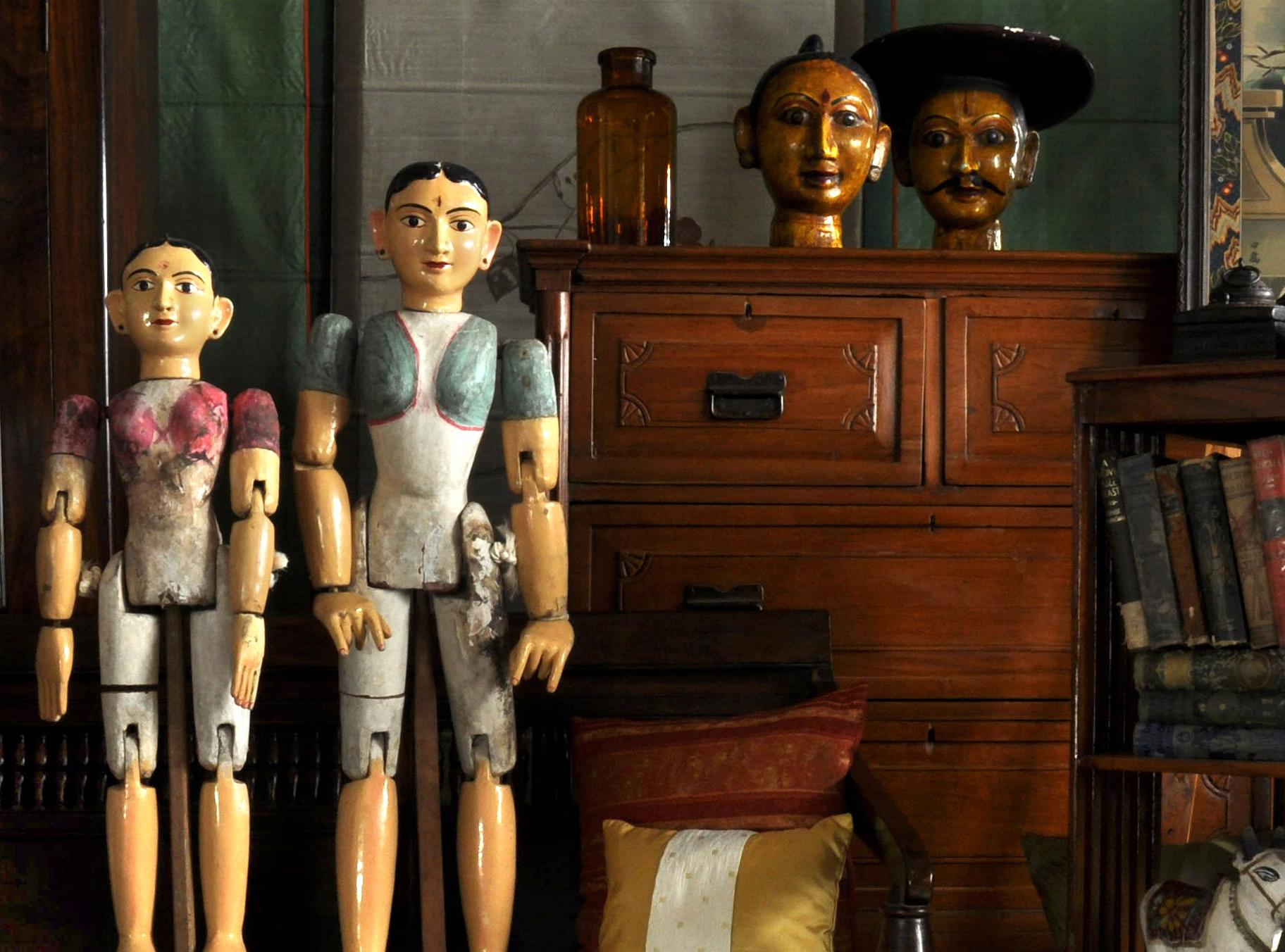- Home
- Deccan Lota 05
Loading...
Deccan Lota 05
All orders are insured for transit.
This item cannot be shipped outside India.
All orders are insured for transit.
This item cannot be shipped outside India.
Details
| Size (WxDxH): | 6.7 x 6.7 x 7.5 inches |
| Medium: | Brass |
| Origin: | North Karnataka |
Description
The lota is thought to be one of the most ancient Indian vessels, with archaeological discoveries of lotas dating to 1st or 2nd century BC. Early versions were often ridged or fluted, so it is thought that they took their shape from hollowed out melons or gourds that were used as water carriers, and this botanical origin continued to dictate its form. More than 1500 years later, lotas are still found, but the Mughal influence meant many had radically different ornamentation like the lota here.
Hamsa, which is possibly a swan or goose, is revered by Hindus, Buddhists, and Jains. It is seen as a symbol of purity, detachment and divine knowledge. Hamsa symbolizes the highest spiritual accomplishment as it swims in water, walks on earth and flies in the sky.
-
Description
Read MoreThis is a rare Deccan, cast brass lota or water vessel with a finely ribbed chamber and a band of repeating hamsa and lotus petals inside the wide mouth. Hugging the neck are also petal designs, an amalaka (cushion like architectural elements seen in columns in Hindu temples), and a band of chevrons. Ovoid in shape, the lota has bands of tiny exquisite engraved floral designs sandwiching the repeating hamsas. The lota sits on a flared foot above which are three bands; one of repeating leaf designs, a palmette band, and a band of stylised peacock feathers. Comparable examples can be found in Mark Zebrowski's "Gold, Silver and Bronze from Mughal India", cat.339, p.213 and cat.519. Both of these he ascribes to Central India. The decoration is typical of the more opulent and luxurious Deccan style.
The lota is thought to be one of the most ancient Indian vessels, with archaeological discoveries of lotas dating to 1st or 2nd century BC. Early versions were often ridged or fluted, so it is thought that they took their shape from hollowed out melons or gourds that were used as water carriers, and this botanical origin continued to dictate its form. More than 1500 years later, lotas are still found, but the Mughal influence meant many had radically different ornamentation like the lota here.
Hamsa, which is possibly a swan or goose, is revered by Hindus, Buddhists, and Jains. It is seen as a symbol of purity, detachment and divine knowledge. Hamsa symbolizes the highest spiritual accomplishment as it swims in water, walks on earth and flies in the sky.
-
Details
Size (WxDxH): 6.7 x 6.7 x 7.5 inches Medium: Brass Origin: North Karnataka -
Returns
We accept returns within 7 days of delivery if the item reaches you in damaged condition. -
Shipping
Shipping costs are extra, and will be calculated based on the shipping address.All orders are insured for transit.
This item cannot be shipped outside India.
This item has been added to your shopping cart.
You can continue browsing
or proceed to checkout and pay for your purchase.
This item has been added to your
shopping cart.
You can continue browsing
or proceed to checkout and pay for
your purchase.
This item has been added to your wish list.
You can continue browsing or visit your Wish List page.
Are you sure you want to delete this item from your Wish List?
Are you sure you want to delete this
item from your Wish List?


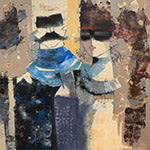
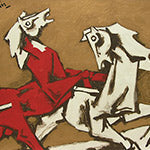

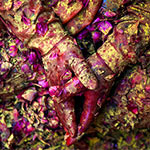
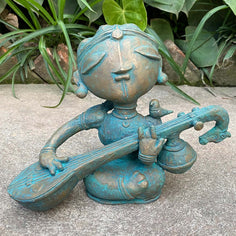
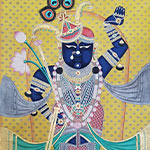
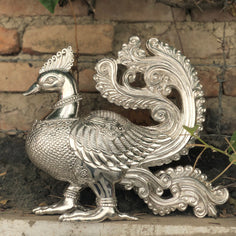
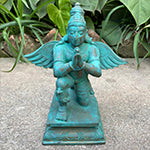
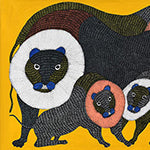

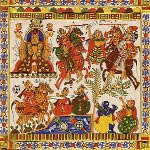
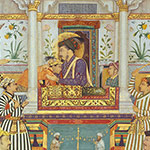
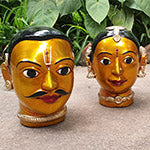

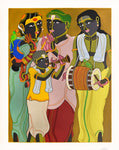
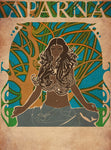
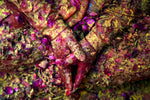
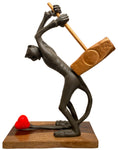
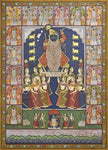
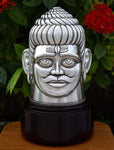


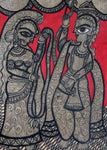
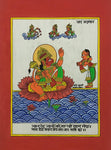
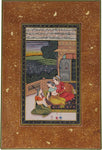
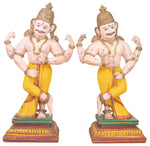
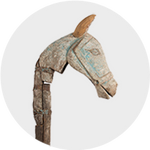
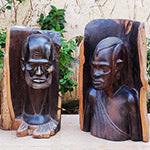
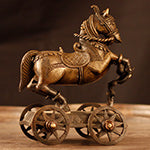

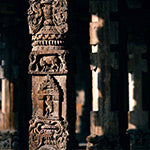
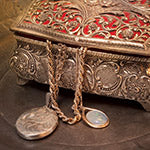
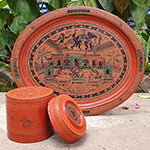
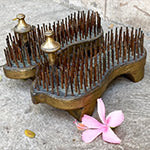
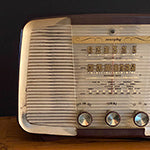
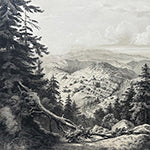
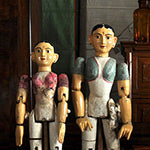
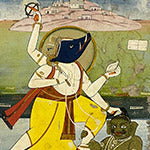
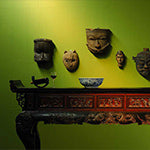
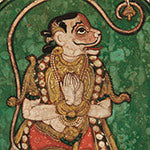

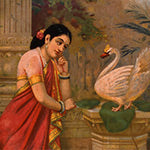
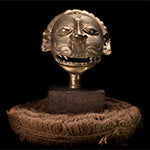
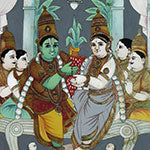
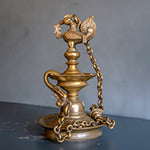
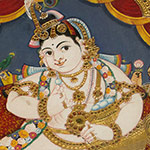
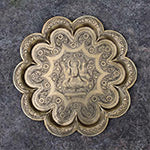
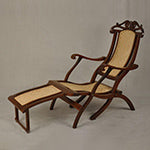
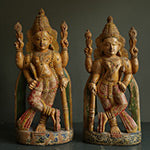


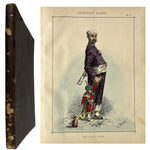

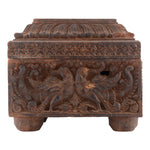
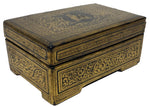
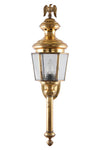

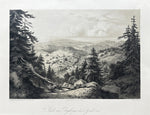


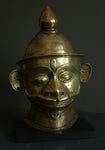
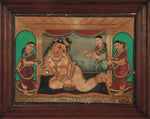
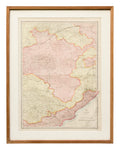
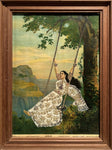

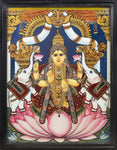

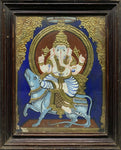
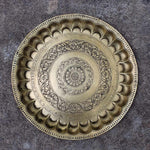
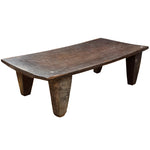
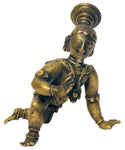








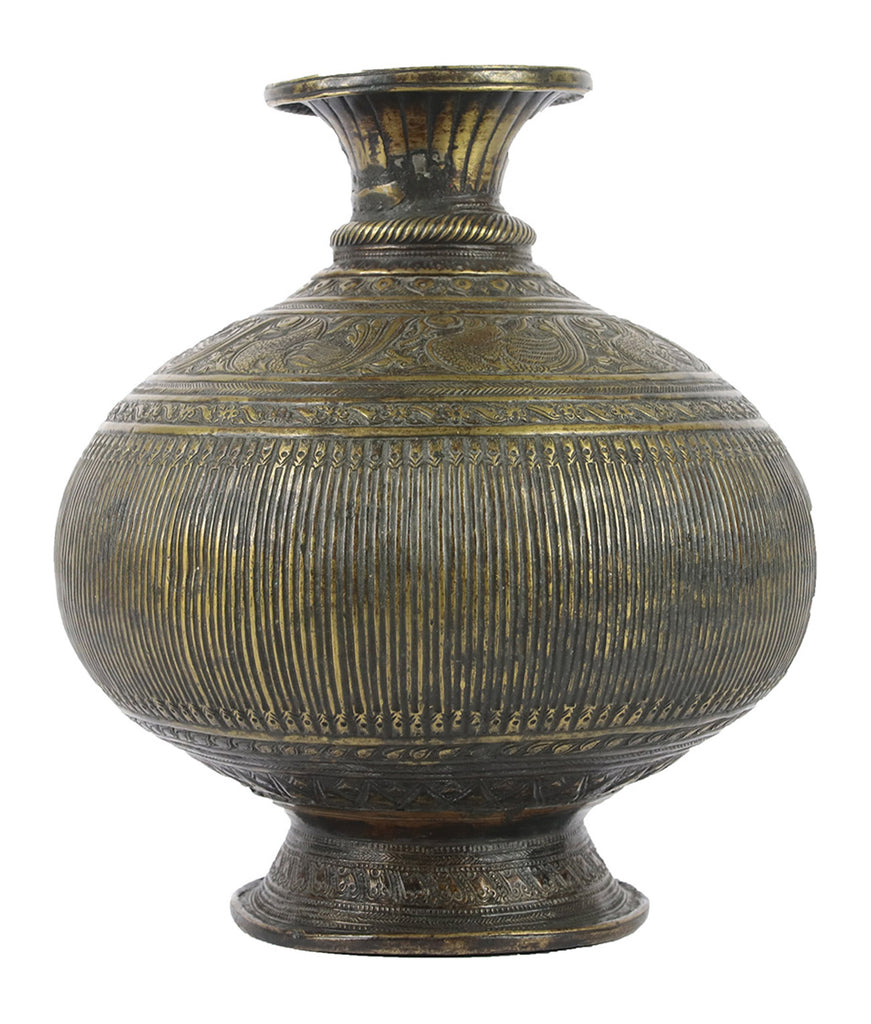
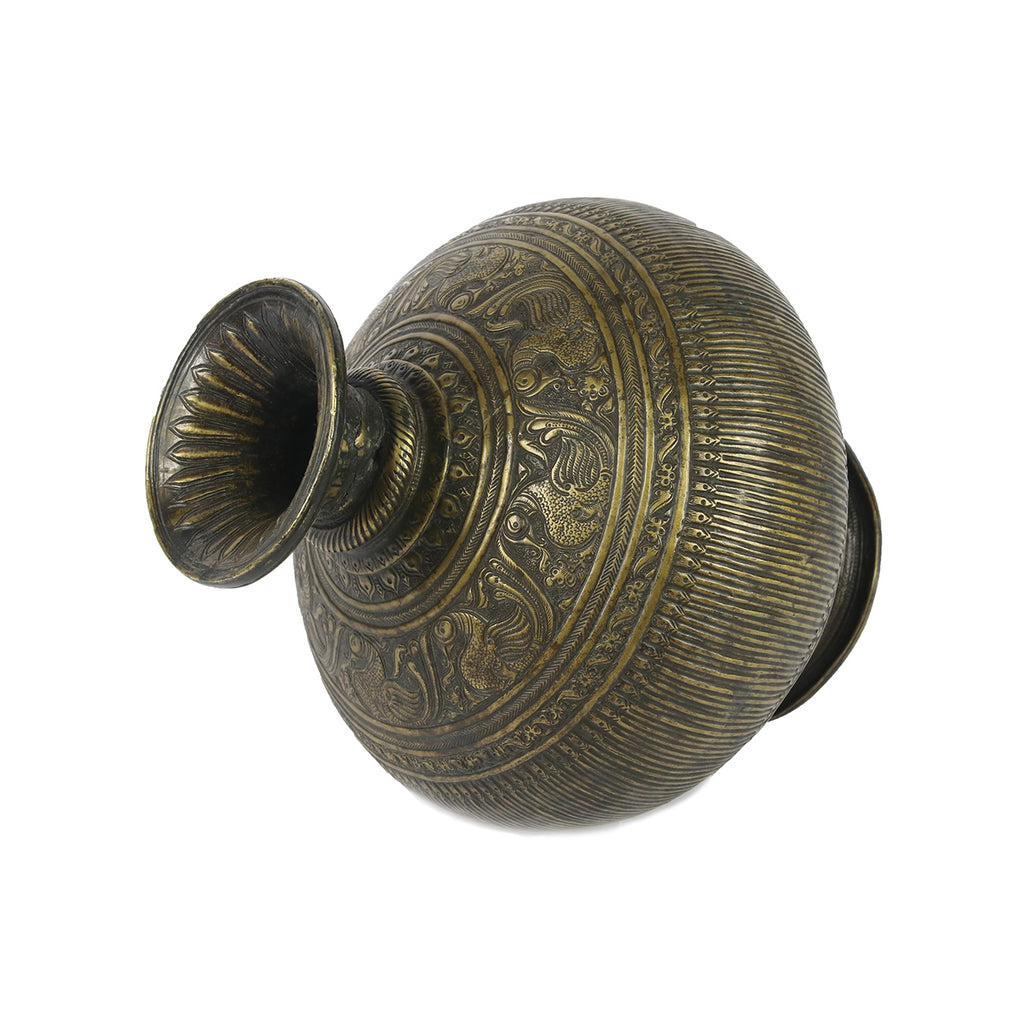
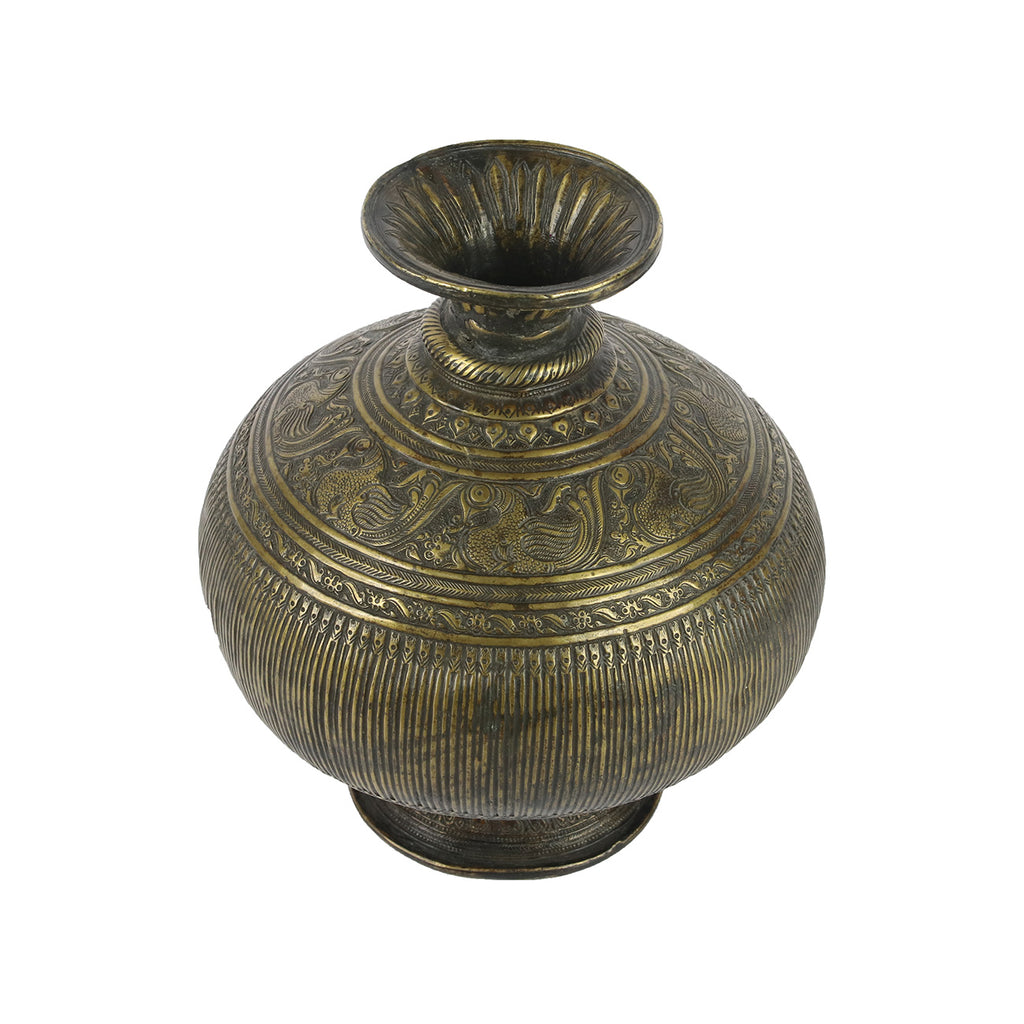
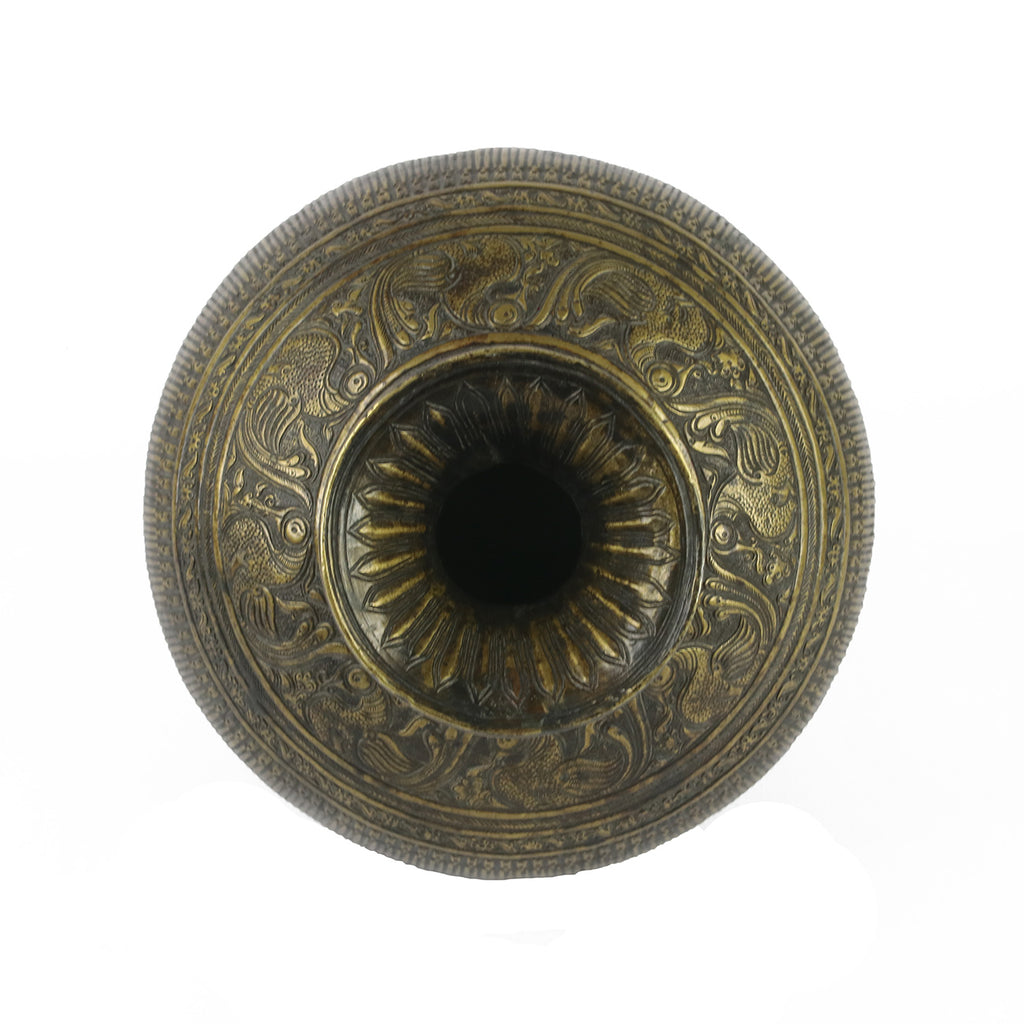
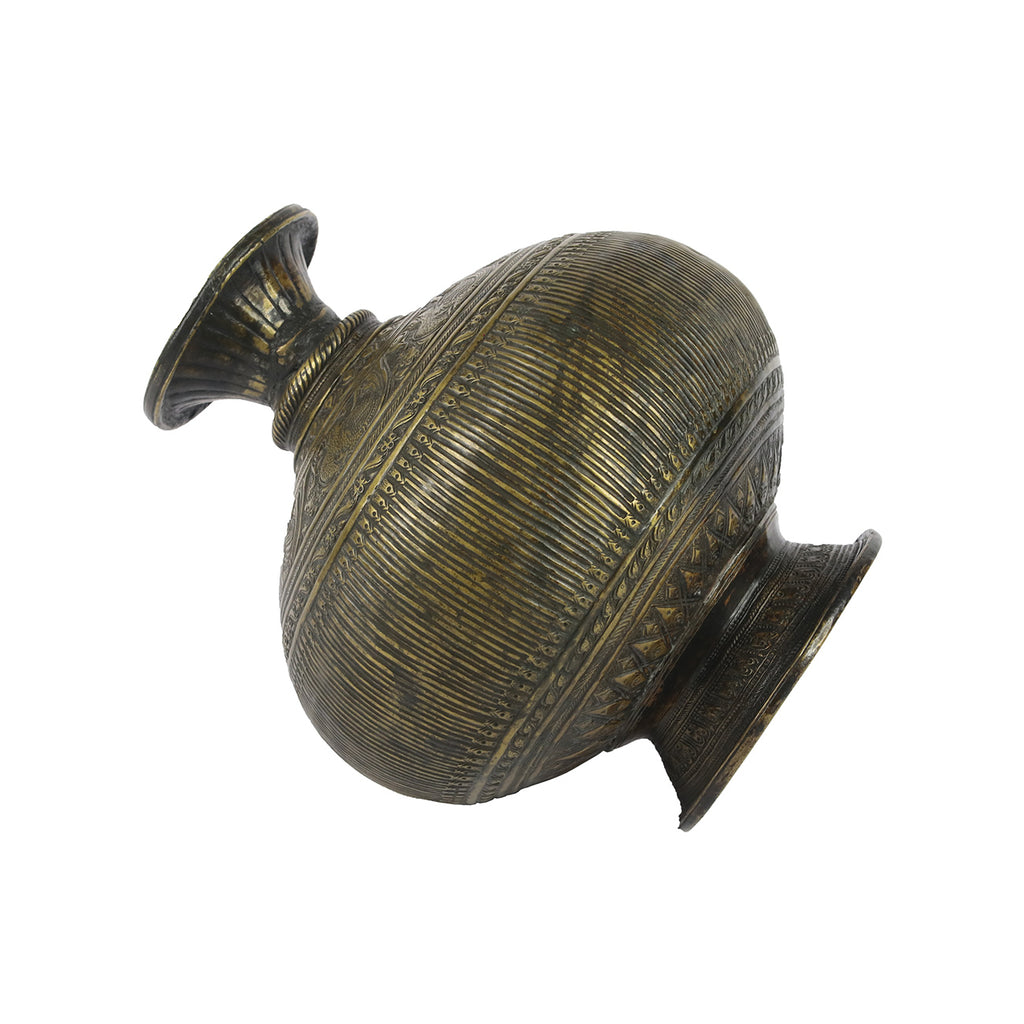
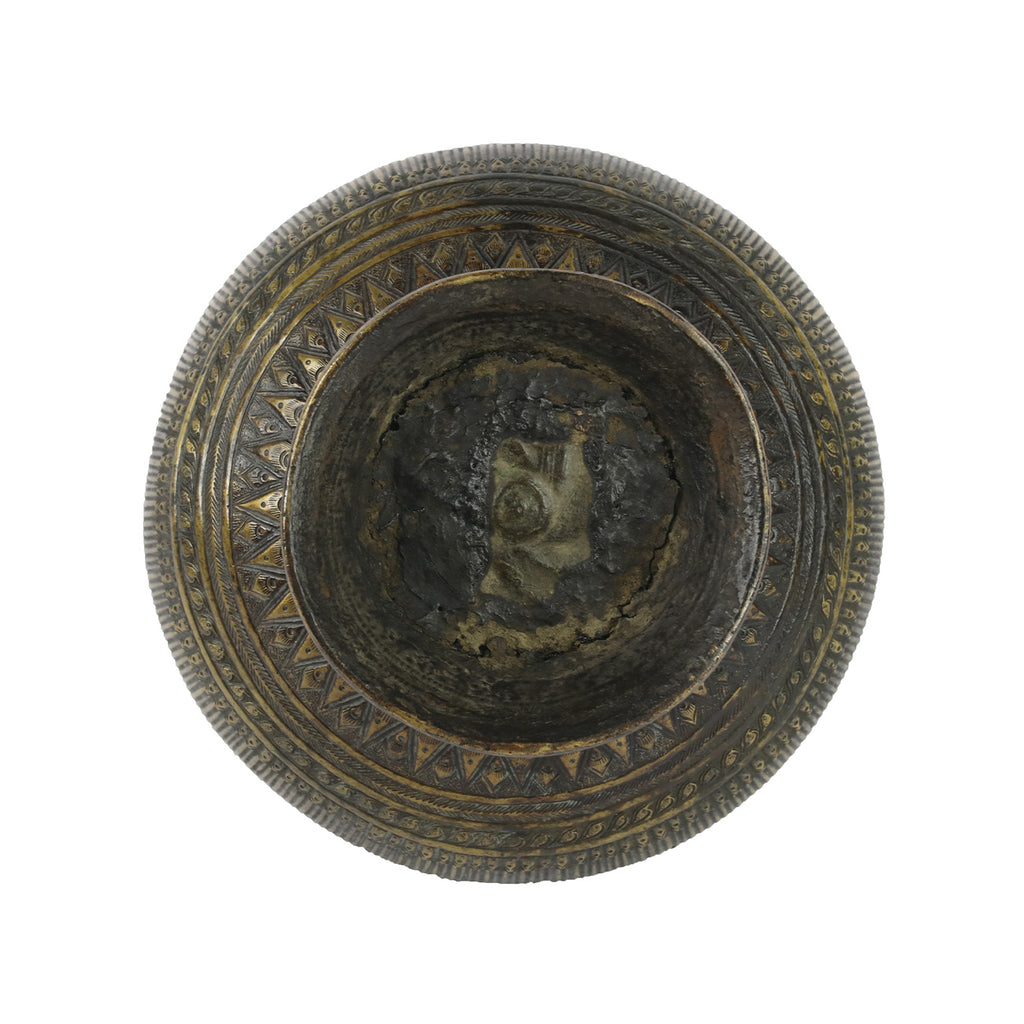
 View Full Screen
View Full Screen
